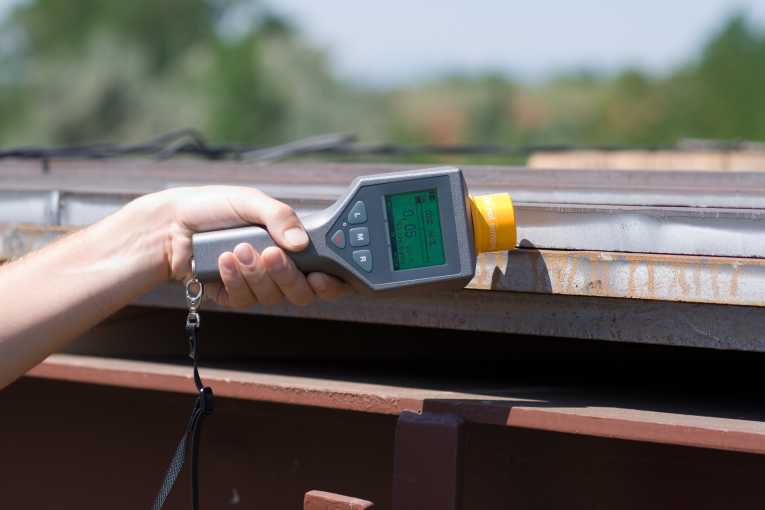The U.S. Environmental Protection Agency (EPA) and the U.S. Department of Energy (DOE) have announced that they have not deteced any radiation levels of concern from Japan's nuclear disaster. The EPA's RadNet system and the DOE's radiation detection equipment is located throughout the country and designed to notify scientists in close to real time of any elevated levels of radiation.
These radiation detections systems are set up to protect the public health and aid officials in determining if and when protective measures are necessary. In addition, the DOE can detect small amounts of radioisotopes that could indicate nuclear testing from as far away as the other side of the globe. This extreme sensitivity is necessary as part of the Comprehensive Nuclear Test Ban Treaty Organization's International Monitoring System (IMS) and allows scientists to detect even very small levels of radiation that are present in the environment.
One of the IMS monitoring stations in Sacramento, California, has recently detected very small quantities of iodine isotopes and radioactive particles that pose no threat to public health at the present time. In addition, on March 16th and 17th one of the DOE's detectors in Washington State detected trace amounts of a radioactive noble gas that is produced during nuclear fission, but does not pose any threat at the detected level.
For example, the amount of natural radiation that we are all exposed to on a daily basis from natural sources like rocks, bricks and the sun, amounts to around 100,000 times the amount that has been detected recently in California and Washington State by the EPA and DOE radiation detection systems. These readings are consistent with what the EPA has predicted since the onset of the tragedy in Japan and with what is expected to occur over the coming days.
To give another example that will help keep things in perspective, when the explosion occurred at the Ukraine Chernobyl plant in 1986 it was the worst nuclear accident in history. Afterwards, air monitoring in the US picked up small amounts of radioactive particles, at less than one thousandth of the estimated annual amount we are exposed to from natural sources.










